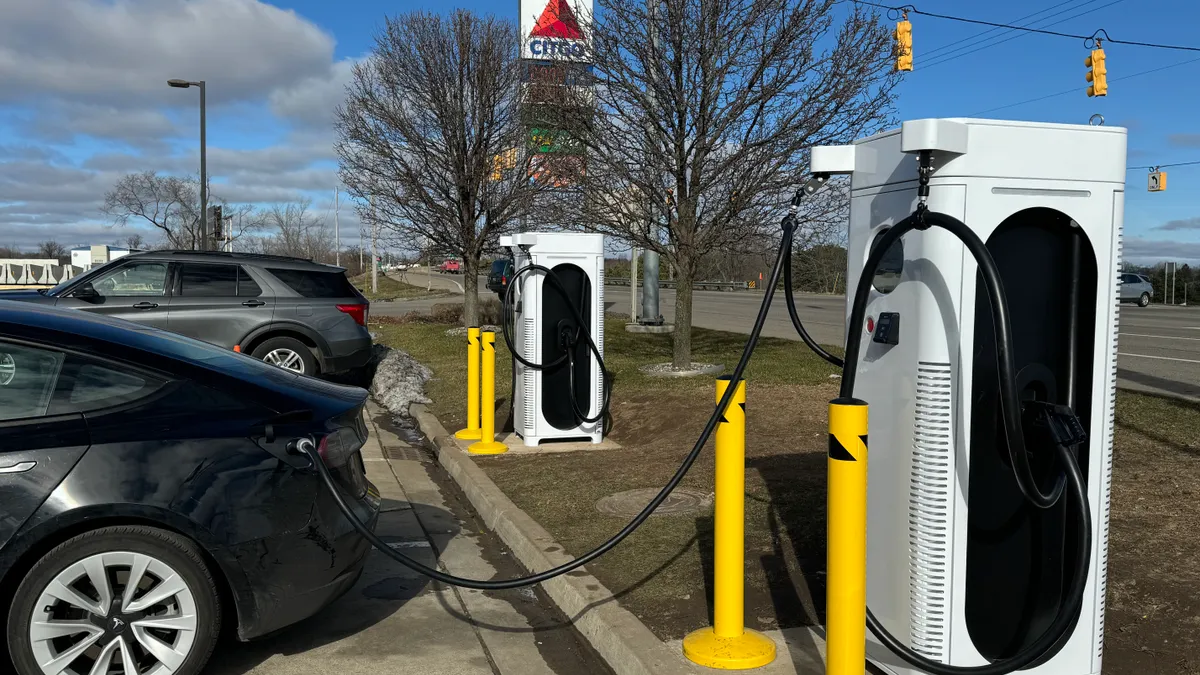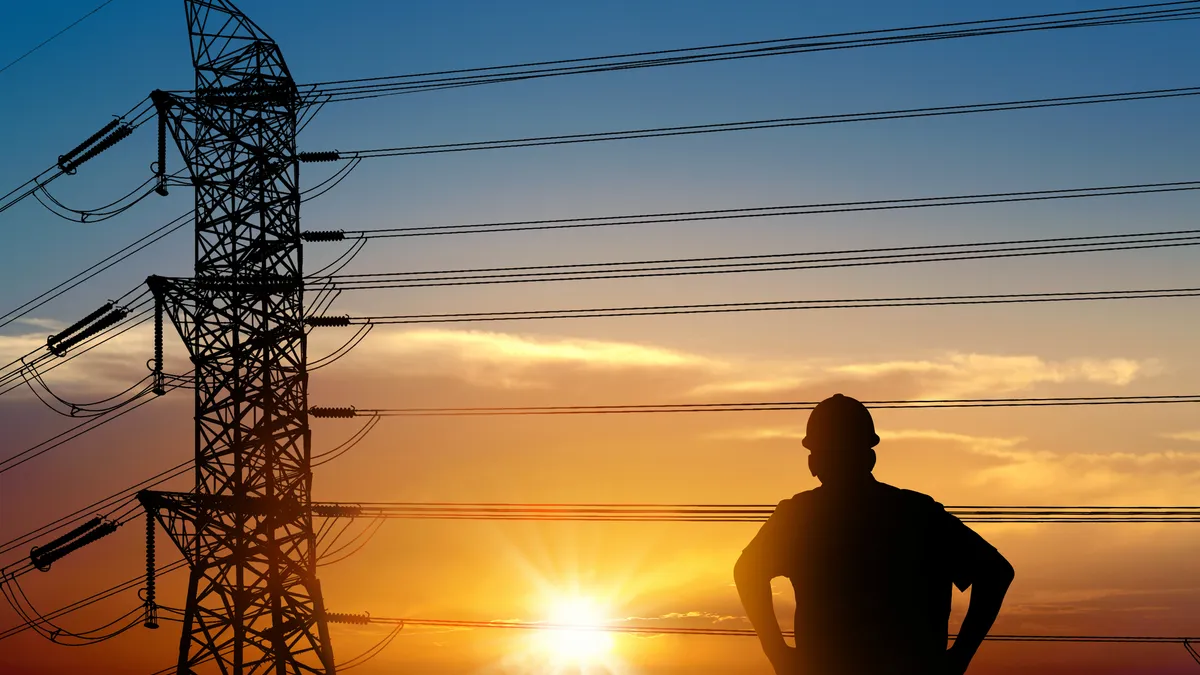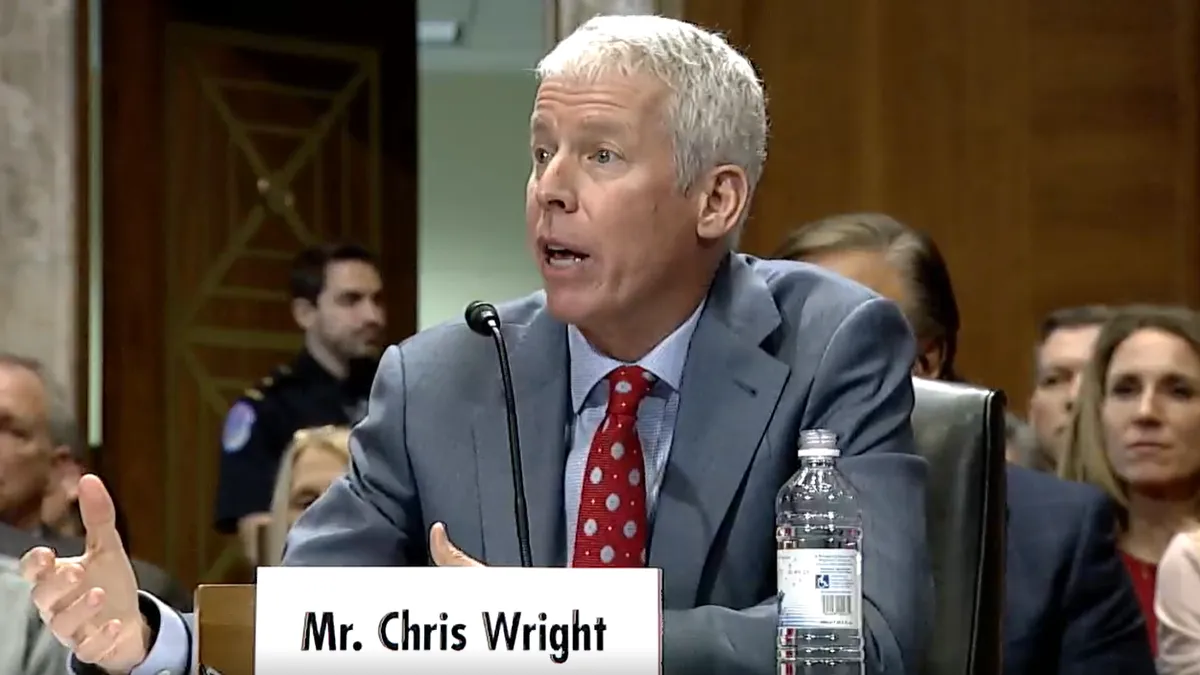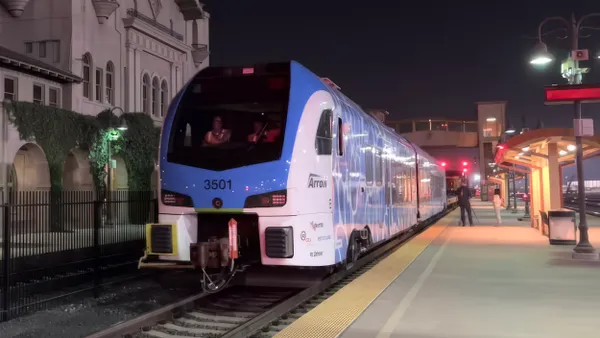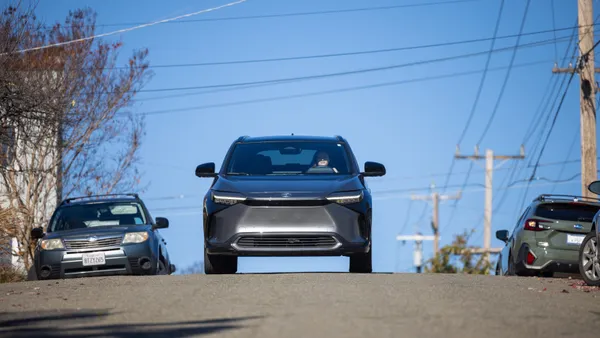Jake Potent is director of public policy and government relations for Revel.
Despite what Republican members of the House continue to claim, most recently in a letter from Cathy McMorris Rodgers, R-Wash., Jeff Duncan, R-S.C. and Morgan Griffith, R-Va., to cabinet secretaries Jennifer Granholm and Pete Buttigieg, the Biden administration’s electric vehicle charging programs are working as intended. Money has been funneled to states and projects are underway and opening. All of this is happening in the timeline that those of us in the industry expected.
Ignoring some of the misinformation in this latest letter, like the assertion EVs are more expensive to maintain than gas cars —they’re over 25% less costly — it’s asking the wrong question. The question is not whether the Infrastructure Investment and Jobs Act, or IIJA, is succeeding at the scope it outlined, but instead whether that scope is sufficient to do what the Biden administration has rightly aimed to achieve with widespread EV adoption. There is in fact another opportunity for funding, and it’s in tackling the problem of urban charging access.
The IIJA’s National Electric Vehicle Infrastructure, or NEVI, Formula Program allocates $5 billion for developing charging along highways but just half that in Community Charging grants for all types of alternative fueling infrastructure in cities, small towns and everything in-between. Of course highway charging is important — range anxiety is a real obstacle for many consumers — but cities contribute a far greater share of transportation-based emissions and so stand to benefit more from the EV transition. They’re also where reliable public charging, the kind NEVI provides for, is the only way to get drivers into EVs.
The first Americans to buy EVs, and still the largest share of EV owners, are those living in single-family homes. They have home garages and can easily charge their car overnight, starting every day with a full battery and rarely needing to access public charging as a result. People living in apartment buildings, like most do in big cities, don’t have that same convenience and are wholly dependent on publicly-available charging stations, especially more efficient fast charging that takes minutes not hours. Yet public charging is practically nonexistent in cities today, keeping EVs out of reach.
There are several reasons why charging development has lagged in cities. Land is more expensive and it is often a long and costly process to get enough power from the grid to allow fast charging. And since fewer people in the cities have EVs, the natural utilization of these sites is lower, making it harder for a charging provider to recoup their investment. A classic chicken-and-egg problem that is ripe for government intervention.
So far, in the absence of federal dollars, utilities in dense urban areas have leveraged their rate-base to help finance EV charging infrastructure in their territories. While it makes sense for utilities to do this, since EV charging stations will ultimately make up for the cost of these programs with the electricity they buy, they are not enough on their own to make development economically viable. That’s because in most cases these utility programs, dubbed MakeReady programs, only cover part of the cost to connect to power and cannot address high land costs. As a result, there’s little fast charging infrastructure in cities like New York, San Francisco, Chicago, Boston and Washington D.C., even though these utility programs exist in those geographies in one form or another.
To fix this imbalance, we need a federal program that incentivizes the buildout of EV charging infrastructure in cities by covering both a part of the capital cost and the operating cost. The answer may come from some forward-thinking states and their efforts to address demand charges. Demand charges are a fee based on the highest level of power used in a month and can make up 70% of an EV charging station’s electric bill. States like Massachusetts and New York have come up with a phase-in approach — when an EV charging station’s utilization goes up, the demand charge phases back in. The idea is that charging providers are better able to absorb these high fees when they have more customers to spread them out over.
For an urban EV charging program, the federal government can institute a similar “phase out” scheme. As the utilization of a site improves, operating cost incentives will diminish. Grant periods should also be long-term, more than five years, to adjust for lease terms and the slower rate of EV adoption in cities. This will allow EV charging providers to establish a footprint of reliable public fast charging in urban cores with the assurance that they can sustain themselves while waiting for EV ownership to grow.
Cities have borne the brunt of the internal combustion engine, with worse air quality and poorer public health outcomes like higher asthma rates. EVs are therefore poised to be transformational for cities. The Biden administration has made tremendous efforts to decarbonize and bring our economy into the green future. To bring that future to every American, it requires more investment, not less, as these Republican members would have it.


